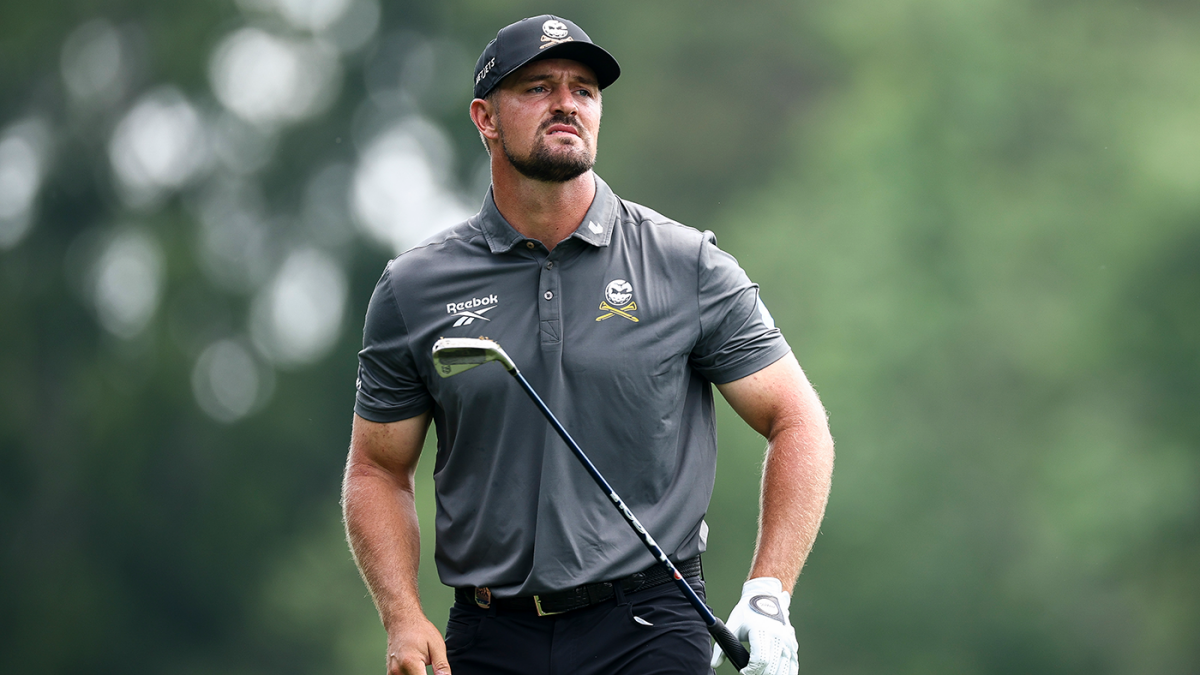The Intersection of Artificial Intelligence and Modern Golf: Lessons from Bryson DeChambeau’s 2025 PGA Championship Performance
Artificial Intelligence (AI) is reshaping countless fields, and professional golf is no exception. Bryson DeChambeau’s approach to the 2025 PGA Championship offers a vivid case study of how data-driven techniques and technological integration influence not only player preparation but also competitive dynamics on the world’s biggest golf stages. This exploration dissects the ways AI-inspired methodologies inflect the tournament, fostering a technological revolution where human skill meets machine analysis.
Harnessing Data and Technology: DeChambeau’s Scientific Approach
DeChambeau’s preparatory regime epitomizes the AI-driven transformation in golf. His reliance on launch monitors and biomechanical analysis to refine swing mechanics mirrors fundamental AI practices: gathering vast amounts of data, analyzing it for patterns, and implementing continuous adjustments. This synergy between athlete and technology doesn’t replace intuition but enhances decision-making precision, stamina, and performance consistency.
Rather than traditional muscle memory alone, DeChambeau’s method includes iterative testing and refinement powered by real-time feedback—a hallmark of AI’s application across disciplines. The sheer volume of practice balls hit—393 compared to peers’ significantly fewer swings—demonstrates the blend of dedication and data-informed adjustment that characterizes modern golf’s elite.
Adaptive Strategy Amidst Challenging Conditions: A Real-Time AI Analogy
The “mud ball” phenomenon, caused by wet course conditions, represents unforeseen variables that disrupt routine performance. In AI terms, it’s akin to a model facing data outliers or noisy inputs, requiring adaptive algorithms to recalibrate predictions and responses. DeChambeau’s capacity to “bang along” despite such conditions illustrates a flexible, responsive strategy that aligns with AI’s strengths: rapid adaptation and optimization in dynamic environments.
This adaptability underscores a growing trend in golf where players are not only athletes but also on-the-fly analysts, employing technology and intelligence to navigate complexity, just as AI models interpret and react to shifting parameters in real time.
Impacting Competitive Dynamics: AI’s Ripple Effect on Rivalries and Performance
The presence of rivalries like DeChambeau versus Rory McIlroy intensifies the psychological and strategic stakes of tournaments, and AI can subtly influence these dynamics. DeChambeau’s public analytical approach and McIlroy’s more traditional, tactical style highlight contrasting philosophies augmented by technological tools.
AI contributes here by providing players with granular performance insights and opponents’ tendencies, adding layers of strategic depth to competition. Such insights enable pre-round game plans that can shift the momentum, creating richer narrative arcs and unpredictability—qualities highly prized by fans and analysts alike.
The Future of Golf: Blending Human Ingenuity with Artificial Intelligence
As observed in the 2025 PGA Championship, AI’s role transcends mere tools—it catalyzes a paradigm shift elevating golf towards a hybrid domain where physical skill and intellectual analysis coexist seamlessly. This new norm promises innovations in training regimens, equipment design, shot strategy, and mental conditioning, propelled by algorithms and machine learning.
The tournament’s broader implications reveal that the fusion of technology with athleticism is not a passing phase but the foundation of golf’s evolution. Players like DeChambeau embody this fusion, embodying both raw power and the precise application of scientific insights enabled by AI.
Conclusion: AI as a Catalyst in Modern Golf’s Transformation
Bryson DeChambeau’s performance at the 2025 PGA Championship illustrates the profound impact that AI-inspired methodologies wield in professional golf. Through meticulous data analysis, adaptive strategy under challenging conditions, and heightened competitive dynamics, the tournament serves as a microcosm of a sport in transition.
AI is not merely influencing technology adoption but fundamentally reshaping the athlete’s role—transforming golfers into analytical practitioners who harness machines to push the boundaries of performance. This confluence heralds a future where the artistry of golf intertwines with scientific rigor, crafting spectacles that captivate and redefine what excellence means on the fairways and greens.











